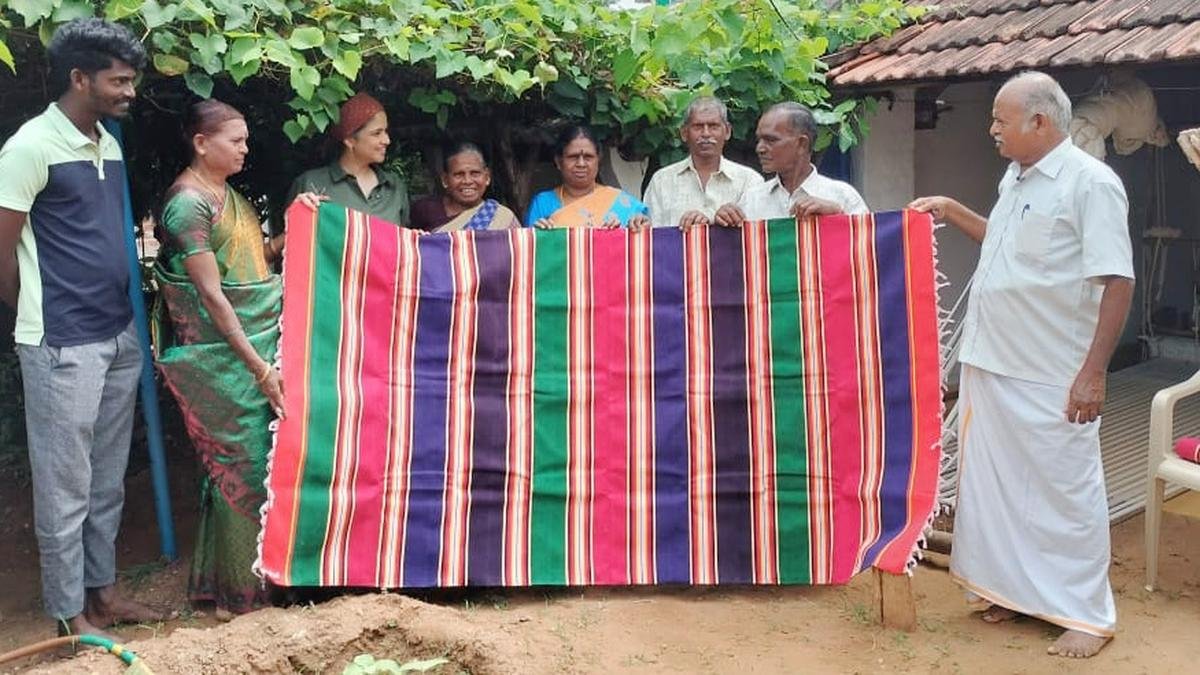As a counter-measure, eight Oriental White-Backed Vultures bred in captivity, were released into the wilds last year in October. They are equipped with satellite tracking devices to closely monitor their movement on a daily basis
The vulture is really a lonely bird. Nobody likes them. Their sinister, ugly looks are a negative factor and the fact that they feed on carrion, offal and refuse, have all contributed to an utterly despicable image.
The fact that they are incontrovertibly associated with Death makes matters all the more worse. But they do have some sort of an ethical code. They start pecking, tearing and feeding on a body, only when they’re sure it is dead.

At one time the vulture population in India was estimated to be a have created round 40 million. The numbers of just three species have dwindled by 97 per cent. And that of one particular species – the Oriental White-backed Vulture – is down to 99.9 per cent. Today their numbers have gone far beyond the point of criticality, teetering on the edge of extinction – a step away from oblivion.
Reports says among the primary reason for this drastic depletion in their numbers is the prolonged use of Diclofenac, a veterinary drug.
Non-Profit Avian Habitat Secretary Navjit Singh says being the cheapest drug on the market had led to Diclofenac’s widespread use. “The government needs to subsidise prices of other medicines, so that it becomes a better and cheaper option.
Flagrant use of many veterinary non-steroidal, anti-inflamatory drugs like Aceclofenac, Ketoprofen and Nimesulide and extensive use of Diclofenac, which is illegal has led to their near-extinction.
To counter-balance their sharp drop in numbers, eight Oriental White-Backed Vultures bred in captivity, were released into the wilds last year in October. Each of the birds was equipped with satellite tracking devices strapped to their backs as well as orange tags on both wings to closely monitor their movement on a daily basis.
Flagrant use of many veterinary non-steroidal, anti-inflamatory drugs like Aceclofenac, Ketoprofen and Nimesulide and extensive use of Diclofenac, which is illegal has led to their near-extinction.

Bombay Natural History Society (BNHS) Deputy Director and Principal Scientist, who heads the JCBC Dr. Vibhu Prakash says: ”Since these vultures were bred in captivity, they are completely unfamiliar with their natural habitat out there in the wilds. It becomes absolutely imperative to keep tabs on how well they are able to cope”.
Flagrant use of many veterinary non-steroidal, anti-inflamatory drugs like Aceclofenac, Ketoprofen and Nimesulide and extensive use of Diclofenac, which is illegal has led to their near-extinction.
The scientist says that all the eight had shown good progress. All of them are flying, have located a water body to fulfil their requirements, and more importantly, have established contact and joined up with a wild flock of Himalayan Griffon.
Dr Prakash views this experiment with cautious realism. He says its much too early to say anything about the outcome or to expect any results now. “We will have to wait for at least another year, before we can get to see some positive results on the ground.

The experiment done for the first time in India, was carried out by the Jatayu Conservation and Breeding Centre (JCBC), part of the Shikhargarh Wldlife Sanctuary in Pinjore district. The sanctuary is located in Haryana, amidst the Shivalik Hills.
Currently the JCBC houses a total of 378 vultures of the three critically endangered species: Oriental White backed vultures (131), Long-Billed Vultures (195) and Slender-Billed Vultures (52)







